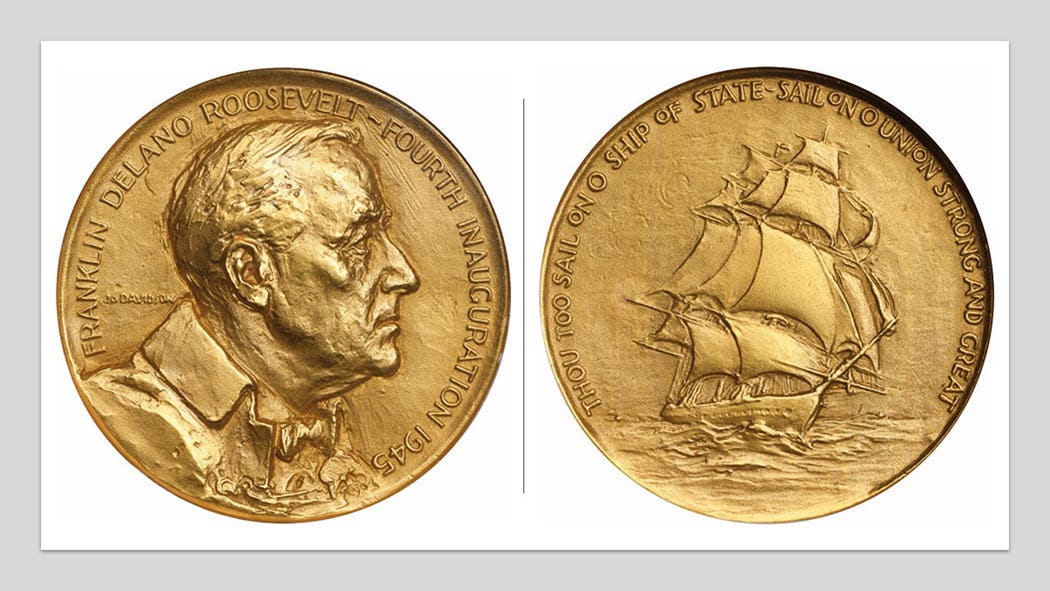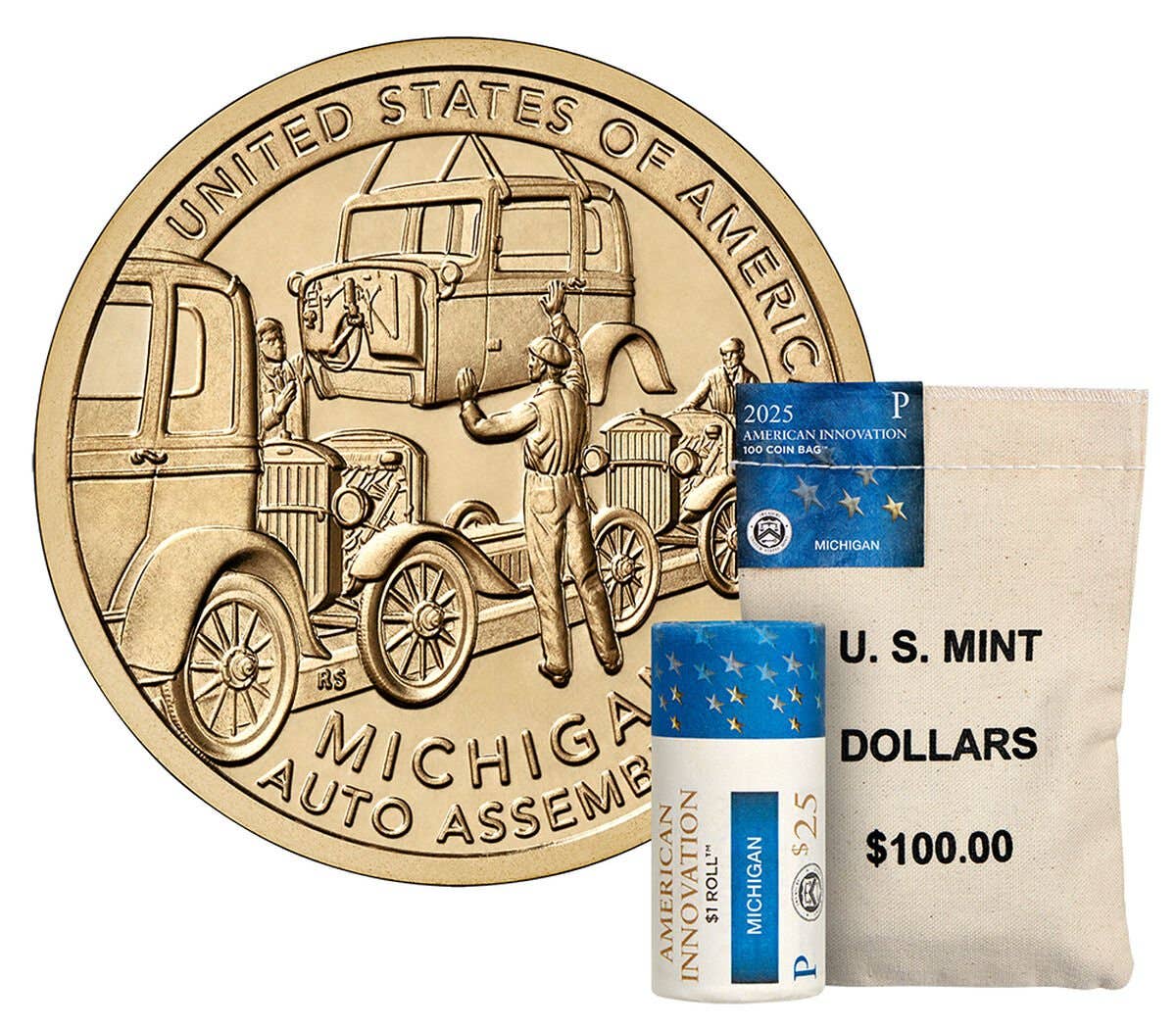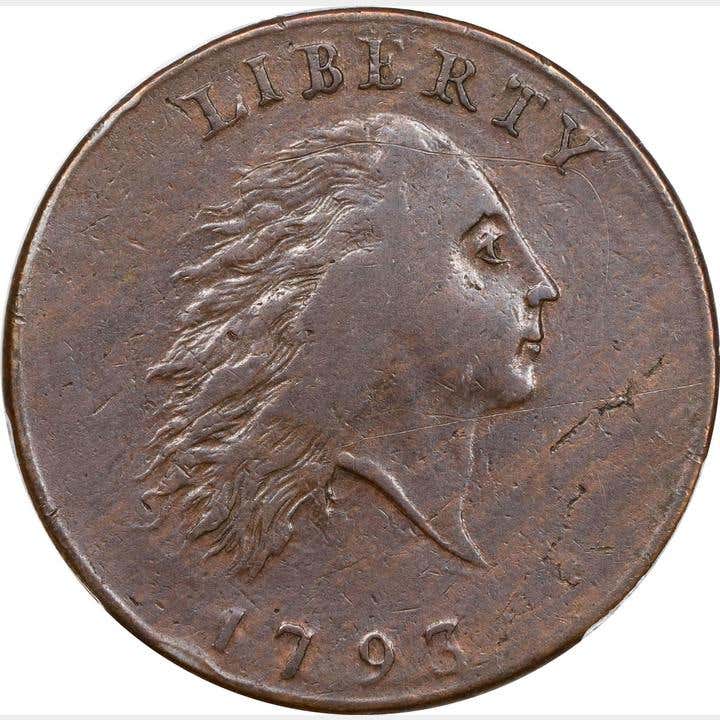U.S. Bullion: All the Elements in the Equation?
By Mark Benvenuto The United States Mint has been playing on the world stage for decades now, when it comes to gold and silver bullion coins that is. We were…
By Mark Benvenuto
The United States Mint has been playing on the world stage for decades now, when it comes to gold and silver bullion coins that is. We were not the first nation to unveil any sort of bullion coin, made specifically as a means for individuals to own a precious metal.
Collectors and investors generally agree that such a title belongs to the South African gold Krugerrand. But in the late 1970’s and early 1980’s, when several other nations’ mints started producing not only gold but silver bullion coins, well, that’s when the U.S. also decided to dive in the water. All those bullion coins have certainly changed the face of the world market when it comes to trading precious metals. But our Mint has gone farther than this. So, it just might be a good time to examine all of what the Mint is offering, and see just what sort of metals are available to the savvy collector.
The silver Eagles
Starting with the United States one-ounce silver Eagles is probably a good place to begin any examination of bullion coins, both because there is an entire series to collect, and because it can be done without a big expenditure. These beauties have been issued since 1986. They can be purchased as what are called regular issues or bullion issues on the one hand, and as proofs on the other. A single regular issue can cost as little as $20 per coin.
Folks who have been collecting the silver Eagles for years will quickly point out that there are now burnished proofs, starting in 2006, and reverse proofs for some years – and will also point out the screaming rarity within the series, the 1995-W. These are all now part of this growing series, yet a collector does not have to land one of each to build something beautiful. A date run of the regular issues can be very handsome.
Bigger than one-ounce silver bullion
Starting in 2010 the Mint went big, and started producing five-ounce silver bullion coins, with designs that are the same as the “America the Beautiful” quarter designs. They made quite a stir when they first came out, but have become something of a mainstay among collectors over the past decade. While we can tell ourselves that these are made to be just a bigger version of a silver bullion coin, most of us are also aware that these really aren’t made simply to be tradable pieces of bullion. They are basically collectibles – even the third party grading services acknowledged it when they started making big slabs for these big coins.
The gold Eagles
Back in 1986, the Mint produced not only silver Eagles, but also four different weights and denominations of gold Eagles. The big, one-ounce Eagles are beautiful, but have always been perceived by some collectors as too expensive for someone trying to build a full collection. In such cases, people often gravitate towards the smallest sibling in this quartet, the one-tenth-ounce piece. That has often left the quarter ounce pieces and the half-ounce pieces as the two that are coined in the smallest amounts – thus the pieces to which a savvy collector might gravitate.
Like the silver Eagles, the gold ones have been made as proofs as well as bullion strikes since their inception. There are now burnished uncirculated pieces and reverse proofs for the gold Eagles, all of which look truly amazing and all of which are marketed to us, the collector crowd. When it comes to assembling a collection, each of us will have to decide which size we’ll go for, and whether or not the proofs and such are worth the extra expense beyond the cost of the precious metal. After all, it’s hardly as if the regular issue coins are in any way ugly.
Twenty-four karat gold Buffaloes, and more
More recently, our Mint has taken gold bullion coins to new heights – or perhaps we should say, to an array of different directions. In 2008 the Mint went all in on an entirely new set of gold coins, from tenth-ounce up to one-ounce, but this time in 24-karat gold. Entitled the American Buffaloes because of the use of Mr. Fraser’s design for the Buffalo nickel, the concept might have been good, but the program quickly contracted to just the full one-ounce coins being offered each year. But that’s hardly a reason to avoid the series, as the big, one-ounce pieces are truly gorgeous.
As if all that was not enough gold for those of us who simply gravitate to it, there was also a quiet series that came out in the shadow of a much more noticeable one, the First Spouse series. These half-ounce gold coins were produced along with the Presidential Dollar series, and span from 2007 all the way to 2016, or we could say ‘from Martha Washington to Nancy Reagan.’ The series is interesting not only for the women portrayed, but also for the few coins with classic designs on them issued for presidents who were bachelors when they were in the Oval Office.
For people who might be called the gold “completists” among us, we also have the 2009 Ultra-High Relief St. Gaudens $20 pieces, as well as the Centennial gold coins of 2016, and now the high relief American Liberty coins. The smallest in this crowd is another one-tenth-ounce piece; so they are not all grossly expensive. And since all of them are quite modern, it is actually possible to get our hands on certified pieces in grades such as PF-70, a technically perfect coin.
Platinum bullion
Gold and silver may be the old familiars when it comes to precious metals and tradable bullion coins, but more recently several nations have decided to produce at least one high end coin in platinum, either as a commemorative or as a bullion piece. Among this illustrious grouping we have the U.S. platinum Eagles. A bit like the gold Eagles, the platinum pieces came out in four denominations and weights, although this time starting in 1997. By the year 2008 it was apparent that the smaller versions were not being sought after all that much, and from 2009 onward the only platinum Eagles produced have been the one-ounce size. These big guns are always going to be pretty expensive, especially those made as proofs. But since the market remains rather thin for the half-ounce, quarter-ounce, and tenth-ounce pieces – which have only a twelve-year run – the possibility exists of putting together these series as date runs. The tenth ounce pieces in particular are not too costly.
Palladium bullion
The most recent expansion of the overall bullion coin program in the U.S. is to palladium bullion coins, in 2017. Once again, we were not the first in the fray on this, as the Royal Canadian Mint had beaten us by over a decade. But these newest bullion coins are beautiful – reprising Adolph A. Weinman’s classic Mercury dime obverse, and there are only a couple we’ll have to get our hands on to have the entire run of them.
At this point, we can be forgiven for having to find a periodic table of the elements online or in some book to get some basic information about palladium. When nations are not making bullion coins from it, the metal tends to be used in catalytic converters, or for fuel cells, and is one of the platinum group metals, or PGM.
As to whether or not there is enough of it for a long-term bullion coinage program, well, our Canadian brethren stopped production after only a few years, and have not really gotten into the swing of an annual production for quite some time. But predicting the future is a tricky business. Perhaps palladium will take off. Then, those of us with one or two of the earliest palladium bullion coins might just have a wonderfully valuable piece or two on our hands.
Rhodium, really
There are certainly more metals in existence from which folks have made coins, but when it comes to precious metals, about the only other one anyone has yet used is rhodium. Once again we can be forgiven for having to search out what this metal is, what it is used for, and who decided to make coins out of it. It’s another of the rather rare metal elements, and it also gets used as a catalyst quite a bit. The United States Mint hasn’t plunged into these waters yet, but the nation that has done so is indeed surrounded by water – Tuvalu.
This tiny, Pacific island nation recently marketed their one-ounce rhodium dragon coin to the world, which really means to the collector market. The jury is still out as to whether or not this will become a desired collectible, or something of a one-hit-wonder (the same situation, really, as our palladium Eagles). But for those of us collecting not only beautiful coins, but exotic, precious metals as well, this might be an interesting step to take to expand a collection, even though we have to move away from the artistry of our own Mint. As to the price? Well, that’s probably more a matter of finding one, as opposed to some commodity price for catalyst metals.
Beyond this?
If expanding a collection to palladium and rhodium coins was a bit of a stretch for us, think of what else might still be in store. There are a few more exotic elements on that periodic table that could still be used for some form of coinage, although it is anybody’s guess as to whether or not they will be collectible, or just commodities to trade on world markets. Tungsten comes to mind as one possibility. Ruthenium might be another, both based on availability and current prices. But even if your collecting interests and budget stopped right where we started, at the silver Eagles, it’s safe to say there is an amazing wealth of possibilities when it comes to United States bullion coins.








